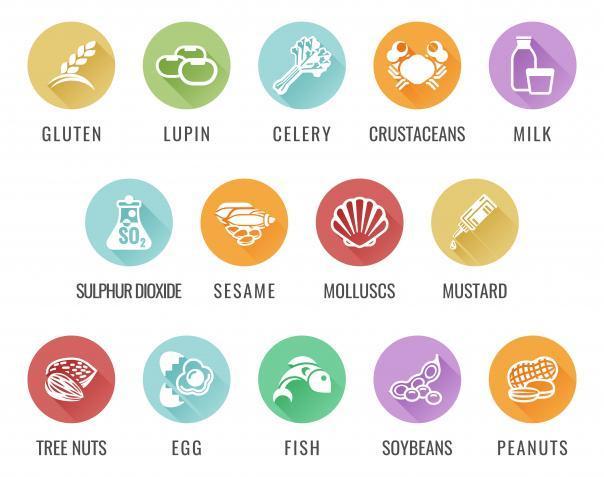
EF Group outlines four key pieces of advice:
Speak to suppliers
The first step is to talk to your suppliers and find out where your food products have originated from. Traceability is key here, so if a manufacturer or supplier has identified an allergen issue, this is the easiest and quickest way to find out.
Any ingredients that have been flagged as potentially allergen-contaminated must then go through product-risk assessments to confirm whether or not they could be contaminated. Any food products that have been flagged must not be sold until confirmed either way.
Review Labels
Check for listed ingredients and highlighted allergens on the labels of any food products in your stock.
Businesses could also consider precautionary allergen labelling (PAL) if a risk assessment of the supply chain indicates potential allergen-cross contamination. This would mean labelling allergens that may have come into contact with a food product. Not only can this help keep consumers safe, but it can also improve consumer confidence.
Communicate with customers
Be clear with customers about any allergen concerns your business has. Keeping them in the dark could put them at risk and can damage any confidence allergy-suffering customers have in your products.
Businesses must ensure that all mandatory food allergen information is accurate, available to, and easily accessible by the consumer. Staff must also be trained to properly handle customers with food allergies so that any questions, concerns or requests can be dealt with appropriately.
Keep an up-to-date tracker of ingredients for each meal
Any business offering food, whether that’s in the education or healthcare sector, must ensure that they’re tracking ingredients for each meal. These should be reviewed as regularly as possible.